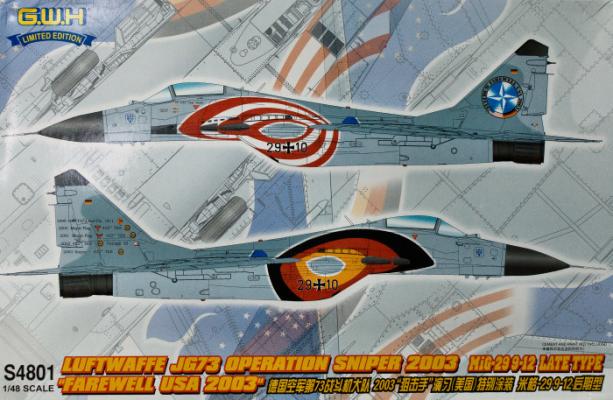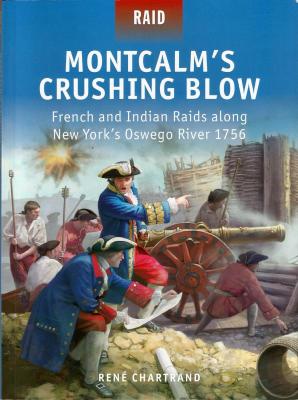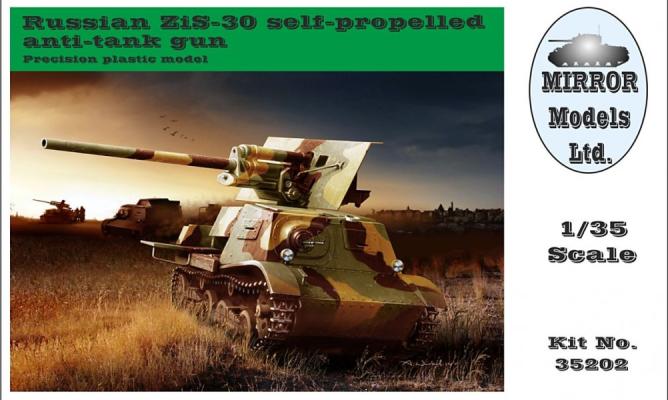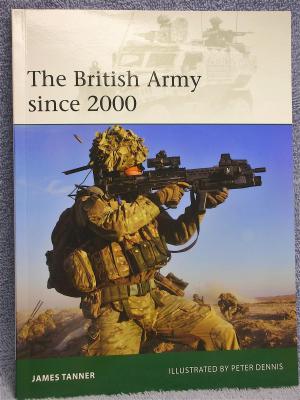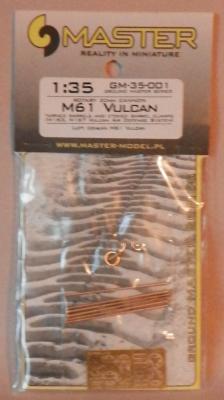I need to preface this review by saying I had a major setback towards the end of this build. All of the in progress pictures I had been taking were deleted on my computer somehow. I was able to recover some of them, but not all. I did my best to capture what I thought was important during the build. Hopefully the review will still be of use even without those photos’s I lost.
all 2014
Background
The French and Indian War as the Seven Years War is known in the United States has gotten short shrift. Having grown up in a bi-cultural setting, French-Canadian and American, this period was barely, if ever, mentioned. Even in my college years, there was little said of this war. Most of us are only familiar with this period through THE LAST OF THE MOHICANS. PBS did do a good documentary on the F&IW a few years back called THE WAR THAT MADE AMERICA and this is a good primer on the war and its impact.
This is a new one to me; a Russian subject produced by an Irish company and manufactured by a Chinese company. Corporate politics are beyond me.
In any case, what we’re dealing with here is a conversion of the ubiquitous and trusty little World War 2 Komsomolets artillery tractor into a tank hunter, mounting a hugely oversize 57mm gun. Apparently only about 100 of these were made and used in the defense of Moscow. I’ve always been a big fan of little tanks, and this one certainly fits the bill. Never having made a model from Mirror Models, I was interested in the challenge and wanted to see what this was made of.
This is a brief, yet very complete, book on the 21st Century evolution and current status of the organization of the British Army. Through five chapters and an introduction the author deals with the changing demands on the British Army and it's evolving structure to meet those demands as well as the changes in the traditional British regimental system. One chapter deals with actual operations and the last one concerns itself with the uniforms. Other equipment such as weapons and vehicles are only dealt with through the captions of the rather small (most measuring only around 3"X3") photos. Ten traditional Osprey full page color plates of uniforms are there as well as explanations of the drawings and one interesting color plate shows all the current badges of the new regiments of the British Army. Its interesting to see them all in one place.
At the end of WWII, The United States Army began to consider new directions for future Military Aircraft guns. The higher speeds of jet powered aircraft meant that achieving an effective number of hits would be extremely difficult without a much higher volume of fire. While captured German designs (principally the Mauser MG 213C) showed the potential of the single-barrel revolver cannon, the practical rate of fire of such a design was still limited by ammunition feed and barrel wear concerns. The Army wanted something better, combining extremely high rate of fire with exceptional reliability.

